
100 years of inventiveness in the
Mechanical weed control

100 years
Chopping technology
Click here to go directly to the SCHMOTZER products:
In 1922, Dr. Hans Schmotzer, a manufacturer of agricultural machinery from Bavaria, developed the world's first hoeing machine for mechanical weed control. While chemical weed control came to the fore with the invention of the field sprayer, the tide has turned again today in the wake of the strong growth in organic farming and has helped hoeing technology to a renaissance, accompanied by state-of-the-art equipment such as camera-guided control.
What has not changed in 100 years, however, is the production of each hoe by hand and in proven German quality.
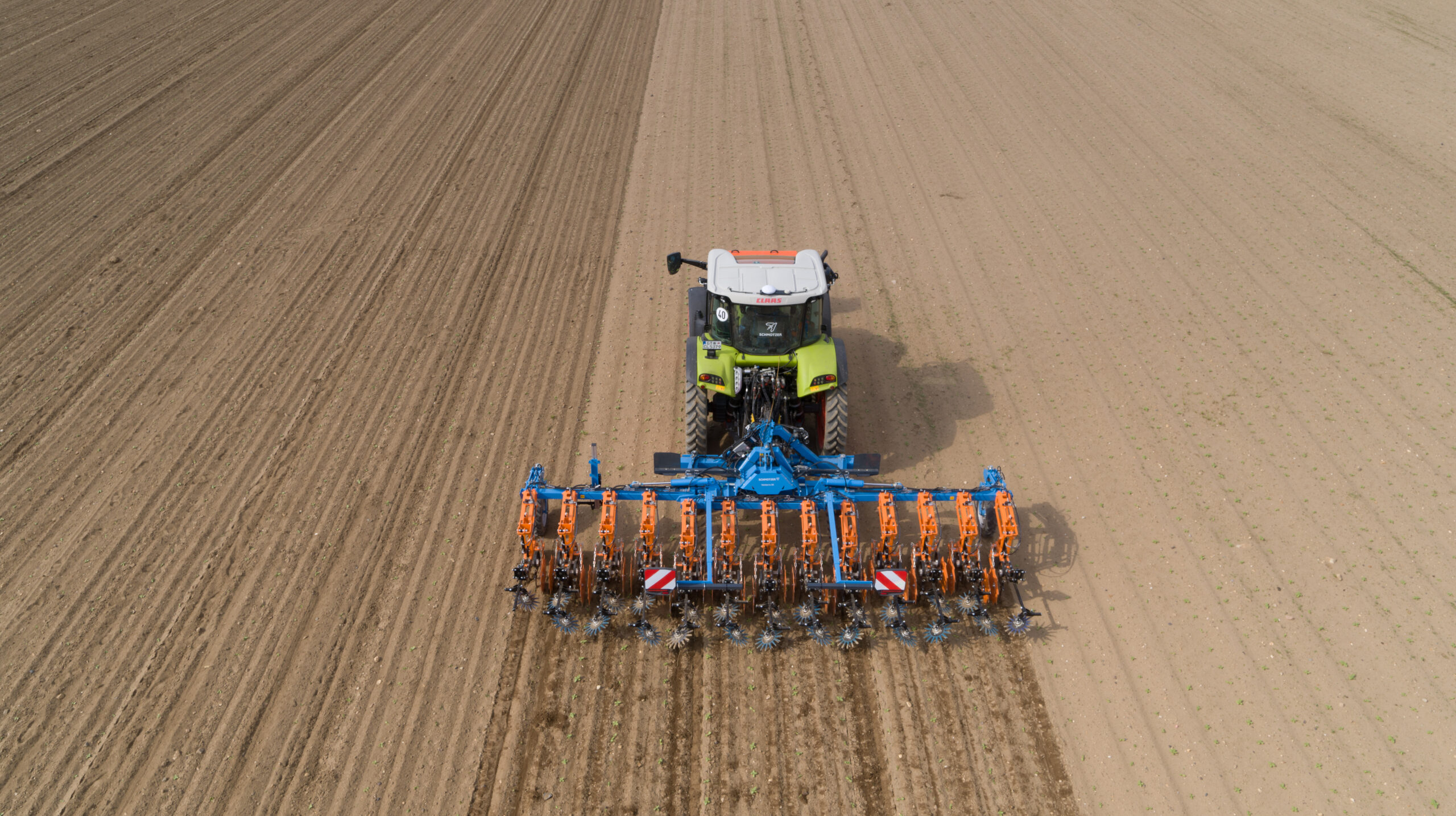
01
02
Thought-provoking
Weeds that is,
what grows again after weeding
Mark Twain
American writer (1835 - 1910)
KPP-M/L
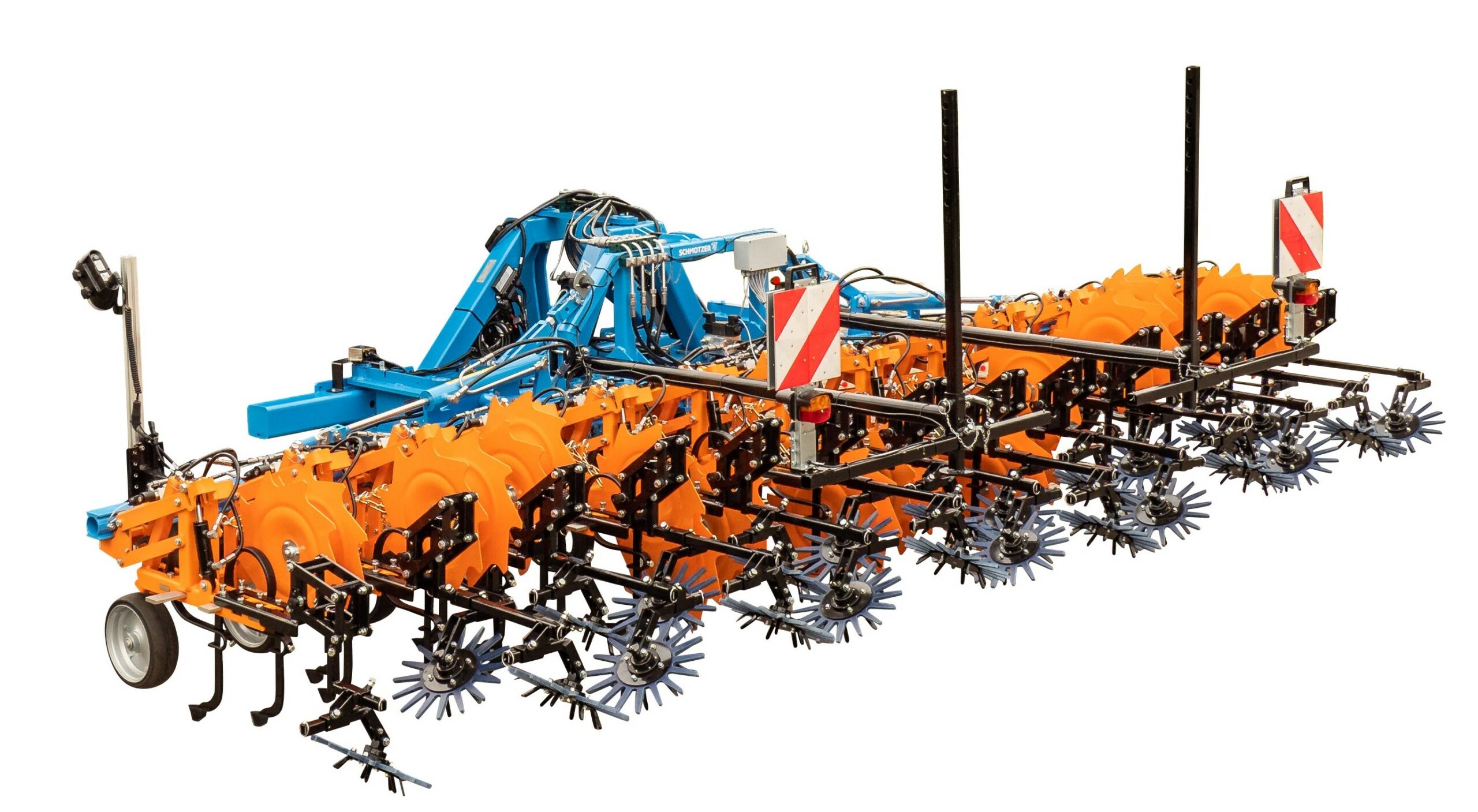
The all-rounder and the best-selling hoe
The KPP is a hoe that makes it easy to cultivate different row widths. This makes the hoe suitable for soybean as well as maize, cotton or vegetables. The overlapping knives ensure hoeing without gaps. The weeds are cut over the entire area and deposited on the surface. With the KPP hoe, row widths of 30 to 200 cm can be achieved.
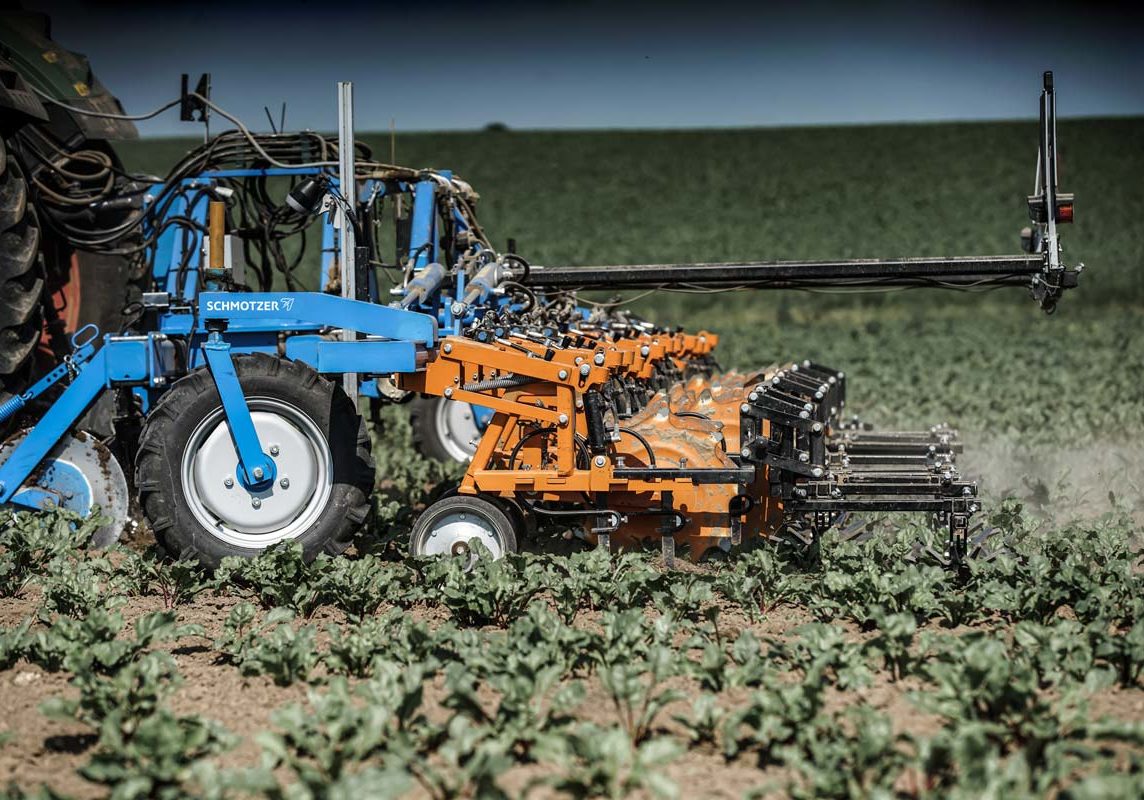
Relentless with the weeds....
but very careful with the crops. That is the secret of good hoeing technique. The KPP-L range, with its high frame passage of 100 cm, is ideally suited to removing weeds from fast and tall growing crops up to a plant height of one metre. The stable and very precise hoe is perfect for use in maize and millet.
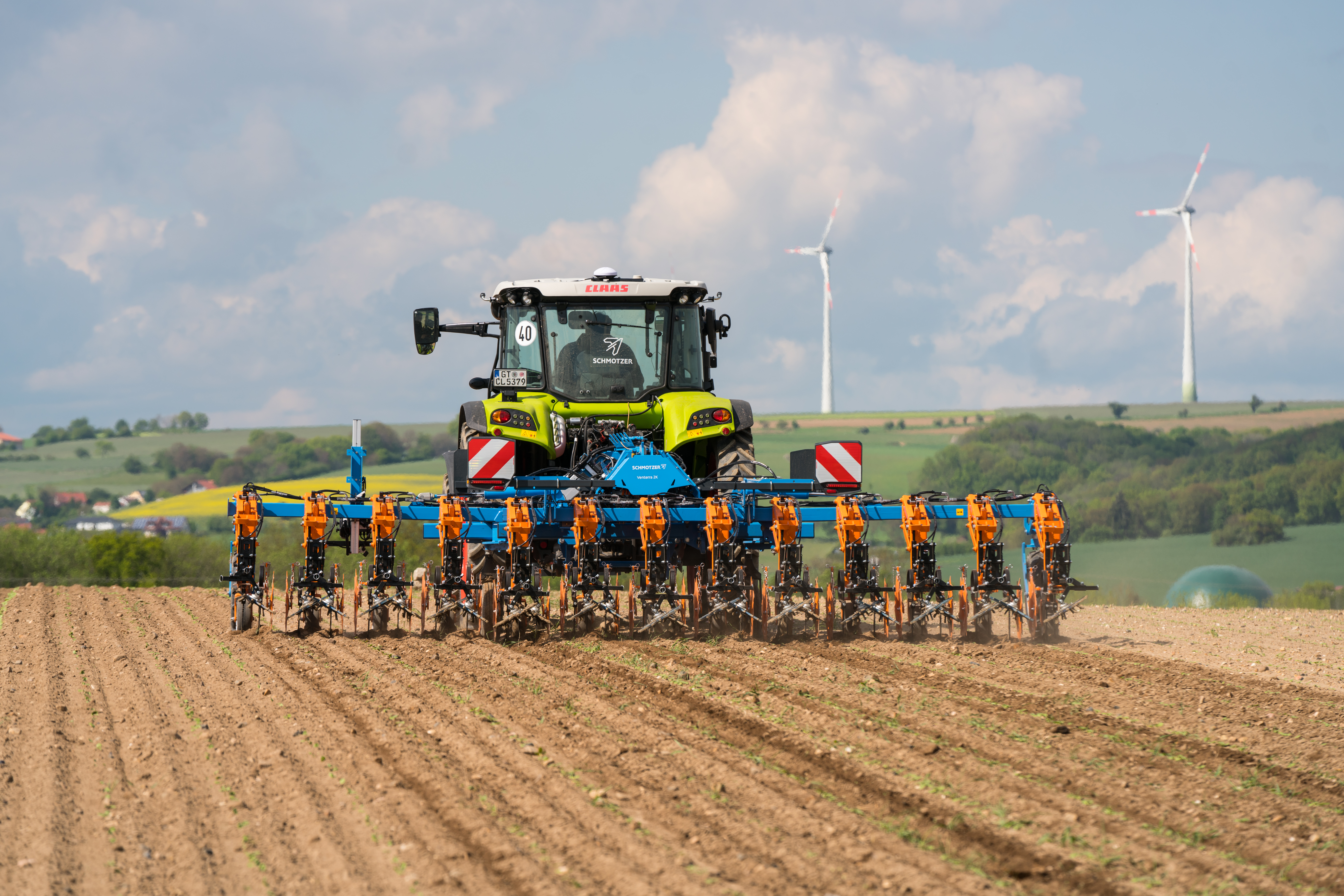
Schmotzer and Claas - a perkeft team
The light-duty choppers harmonise perfectly with the complete range of CLAAS tractors. For smaller working widths, a TALOS 240 is sufficient; for larger working widths, the tractors in the ARION range are a good choice. The hoes should ideally be matched to the working width of the seed drills to ensure perfect row guidance.
The KPP at precision work
When using the hoe, precise row guidance is important. This can be controlled by a camera, which always moves the parallelograms with the knives appropriately, or by an operator on a seat behind the hoe, who adjusts the control of the parallelograms by means of a steering wheel. This video shows with close-ups very impressively what hoeing technology is capable of.
Here you can download the product brochures in French, English and German.
EKP-M/S
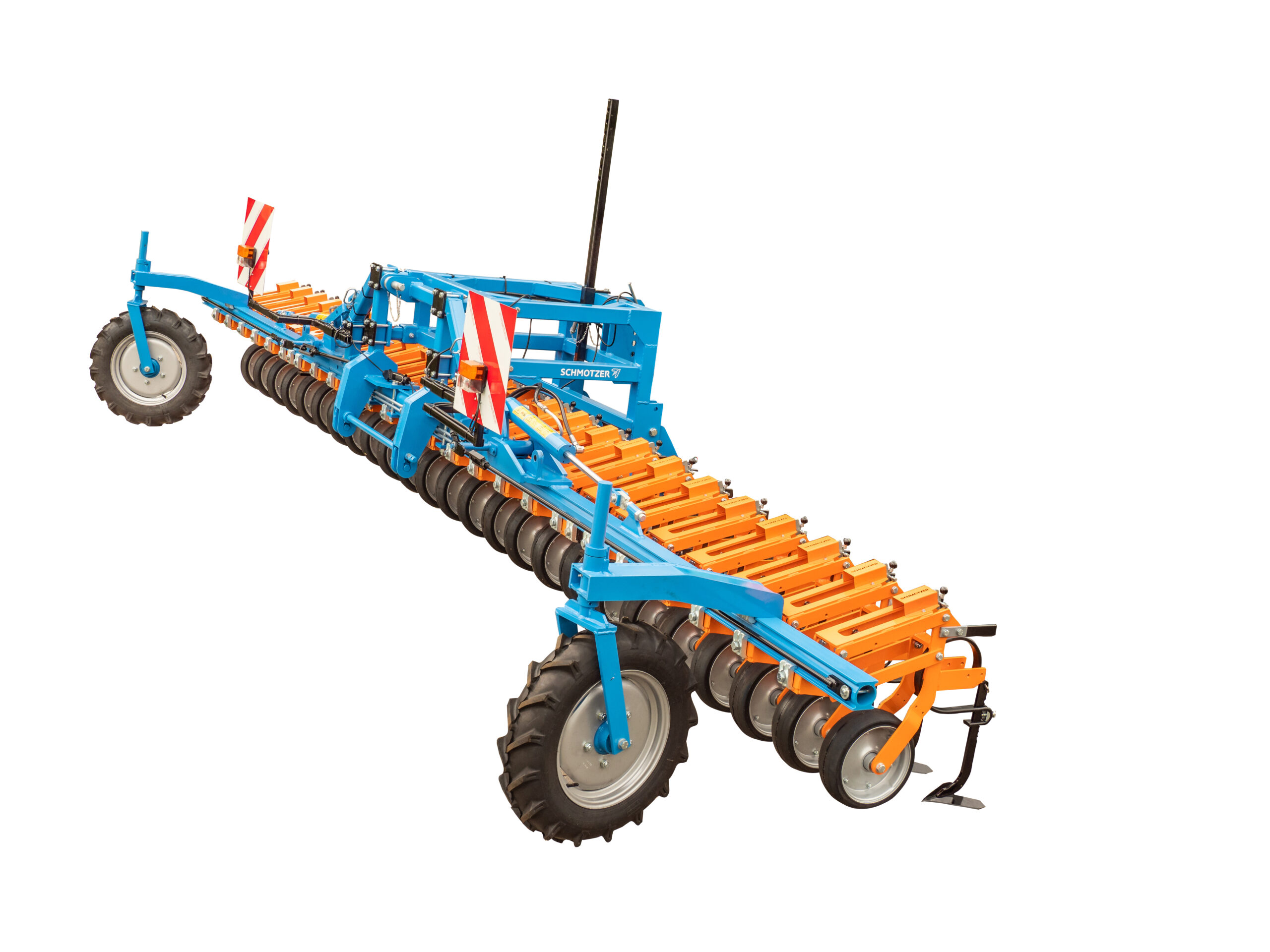
When things get tight in the ranks...
then the narrow parallelograms of the EKP series are exactly the important choice. With almost surgical precision, the tools of the EKP hoes get to grips with the weeds in rows of 16 to 30 cm in width. This makes the EKP hoes predestined for use in cereals such as rice, sorghum or similarly densely planted crops.
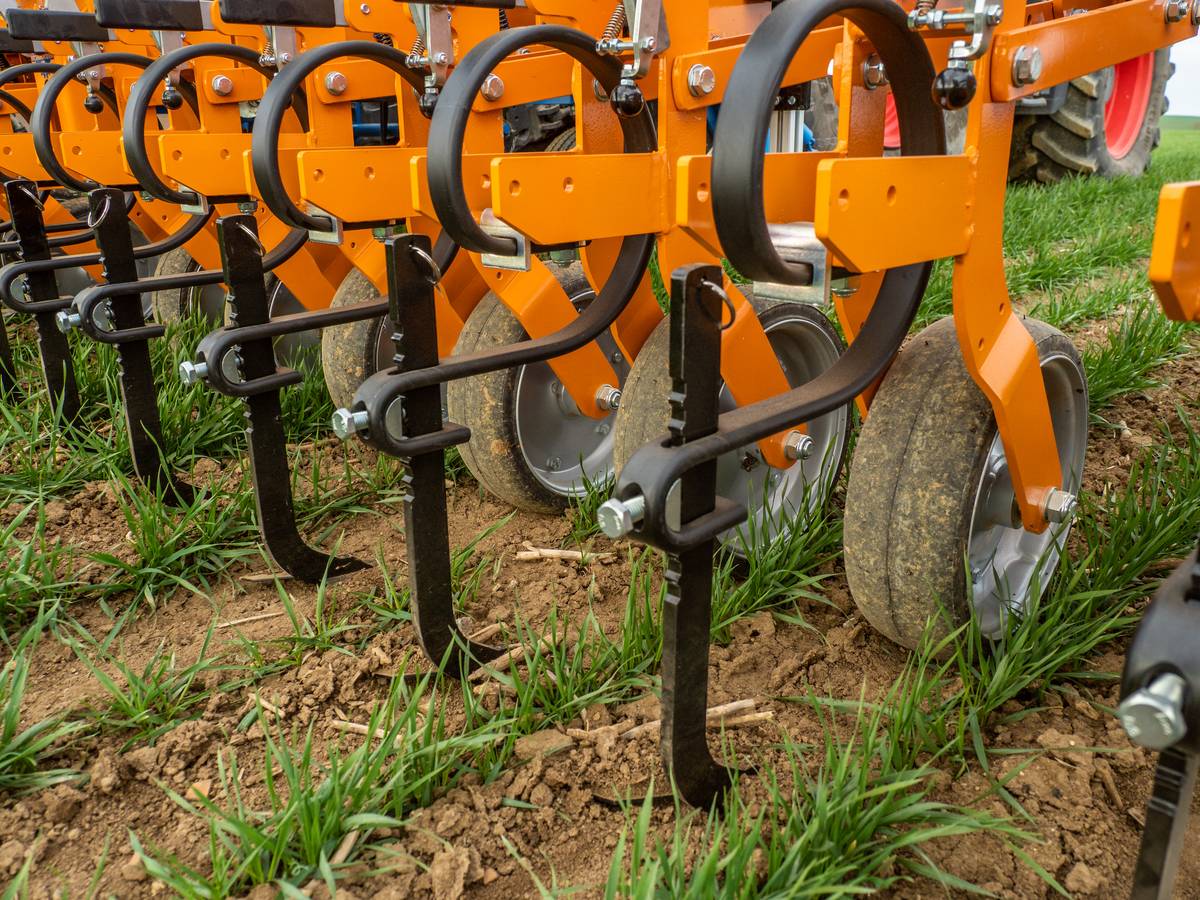
Flexibility as a core competence
The quick-change tools are spring-mounted and can be easily adjusted in working depth. This allows the hoe to be individually adapted to different work requirements resulting from crops, weed types and soil conditions.
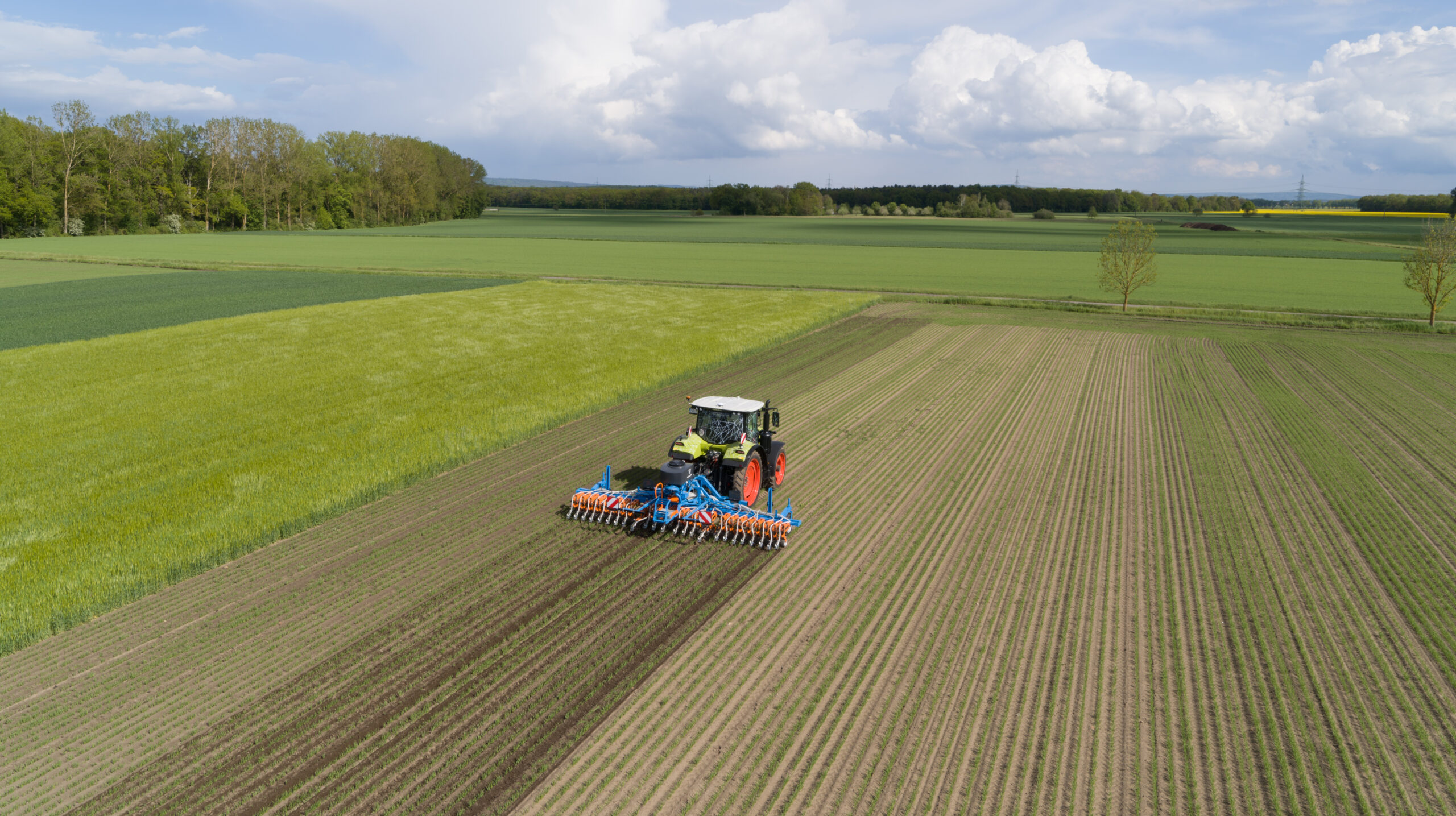
In a team with CLAAS tractors
The chopping technology for narrow rows also fits CLAAS tractors perfectly. The hoes can be mounted both at the front and rear and are ideal for tractors in the ARION 400 series and larger. The smaller hoes with a working width of up to 4.50 mm also work well with the somewhat larger TALOS models, such as the TALOS 240.
The hoes in action
Schmotzer's chopping technology is the premium product for organic farming in Germany. And since the organic farmer also has to calculate sharply, cost-benefit aspects are also in the foreground here. With the high prices for plant protection and in view of the increasing legal restrictions, it is therefore no surprise that mechanical weed management is literally gaining ground.
Here you can download the product brochures in French, English and German.




